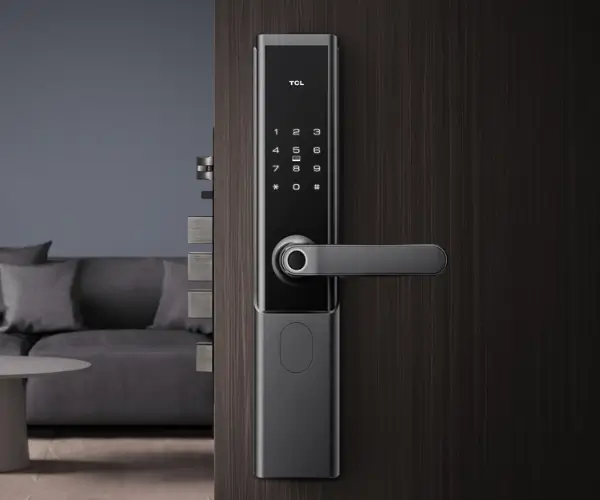When it comes to sewing, whether you're running a small boutique or working on large-scale industrial projects, the equipment you choose can make all the difference. The Consew 226, a stalwart in the world of heavy-duty sewing machines, is known for its durability and versatility. However, even the most reliable machinery can evolve, and one significant upgrade that’s gaining popularity among enthusiasts and professionals alike is the addition of a servo motor.

So, what makes a servo motor an ideal upgrade for the Consew 226? To understand that, let’s take a closer look at what a servo motor is and how it differs from traditional sewing machine motors.
A servo motor is a type of electric motor with precise control capabilities. Unlike conventional clutch motors that run at full speed once powered — requiring mechanisms to stop and start the machine — servo motors provide variable speed control with low energy consumption and quiet operation. This makes them incredibly suitable for sewing machines, especially those used extensively or in environments where noise reduction is appreciated.
Now, let’s examine the core benefits of installing a servo motor into your Consew 226:
1. Enhanced Control and Precision Servo motors offer the ability to finely adjust the sewing speed, often in increments as small as a few stitches per minute. This level of control allows for meticulous sewing, perfect for applique, embroidery, or delicate fabric work. When you’re sewing complex patterns or working with sensitive materials, the subtle control ensures consistent and precise stitches, reducing errors and material wastage.
2. Quiet and Smooth Operation Traditional clutch motors can be loud, which can be disruptive in a bustling workshop or a home sewing setup. Servo motors, on the other hand, operate whisper-quietly, dramatically reducing noise pollution. This not only creates a more pleasant working environment but can also be beneficial for participatory or educational settings where noise can be a distraction.
3. Energy Efficiency and Cost Savings If you’ve been running your Consew 226 with a conventional motor, you’ve probably noticed a spike in the electricity bill, especially during long sewing sessions. Servo motors consume far less power, only using energy when the machine is actively sewing. When the motor is standing still, the energy draw drops significantly, making it an economical choice over time.
4. Increased Responsiveness and Start-Stop Functionality With a servo motor, starting and stopping the machine becomes instant and seamless. There’s no need for complex clutch mechanisms, and the motor can be controlled with just a gentle touch or foot pedal. This responsiveness is a game-changer, offering more control over the sewing process, especially when precise positioning is required.
5. Lower Maintenance and Longer Lifespan A servo motor typically involves fewer moving parts relative to traditional motors, which translates into less wear and tear over time. They generate less heat and operate more smoothly, which can extend your equipment’s lifespan and reduce maintenance costs.
Understanding Compatibility and Installation The Consew 226 is a classic, heavy-duty walking foot sewing machine designed to handle thick materials like leather and canvas. Upgrading it with a servo motor requires choosing a model compatible with its specifications and power requirements.
The installation process is straightforward but requires some technical knowledge. Typically, the servo motor replaces the original clutch motor and connects to the machine's existing belt system. Many manufacturers produce universal servo motors tailored for industrial sewing machines, including the Consew series. It’s always advisable to consult with a professional or follow detailed installation guides to ensure safe and proper setup.
What to Look for in a Servo Motor for Consew 226 When selecting a servo motor, consider these factors:
Power Rating: Usually ranging from 0.5 HP to 1.0 HP; ensure it matches or exceeds your current motor’s specifications. Speed Control: A motor with adjustable speed settings helps tailor the sewing process. Quiet Operation: Look for models highlighted for their quiet functionality. Ease of Installation: Some motors come with detailed manuals or kits designed for easy mounting. Brand Reputation: Opt for well-reviewed brands known for durability and customer support.
By upgrading your Consew 226 with a servo motor, you're setting the stage for a more efficient, quieter, and more precise sewing operation. It's an investment that pays off in improved work quality, energy savings, and an overall enhanced sewing experience.
In the next part of this guide, we'll explore detailed installation steps, common troubleshooting tips, and real-world success stories from users who have made this upgrade. So, stay tuned if you’re ready to transform your sewing machine into a powerhouse of modern technology and craftsmanship.
Kpower has delivered professional drive system solutions to over 500 enterprise clients globally with products covering various fields such as Smart Home Systems, Automatic Electronics, Robotics, Precision Agriculture, Drones, and Industrial Automation.




































